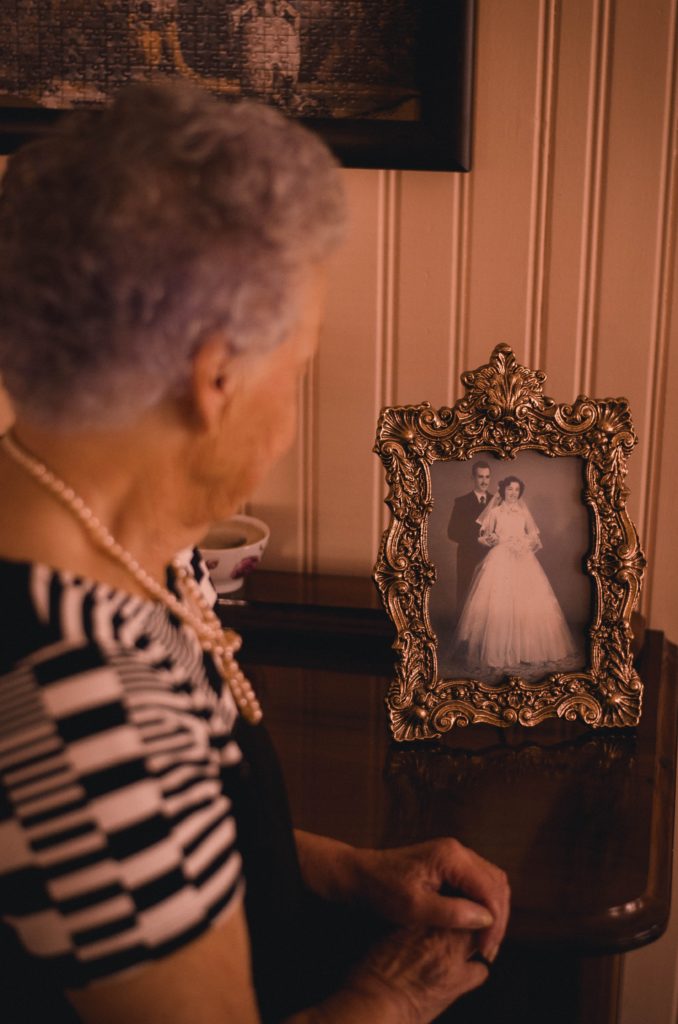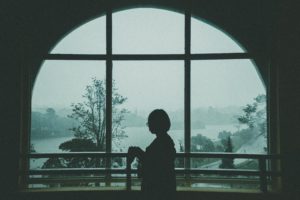
by Hagar Hazaz Berger, Bar Ilan University
In 1688 the Swiss physician Johannes Hopper treated soldiers sent to the battlefield. Hopper noticed that the soldiers developed symptoms of weakness, severe abdominal pain, unwillingness to live, and especially intense and unbearable longing for the familiar physical space – home, and a desire to return there. He also noticed that the symptoms disappeared as the soldiers approached their place of residence. Hopper diagnosed the symptoms as a medical condition and called it nostalgia. The term means longing for something or someone far away and indulging in the past. The word nostalgia originates in the Greek language, and consists of two words: nostos νόστος, (return home) and algos ἄλγος, (pain). Evidence of this medical condition was also found among students who left their home for study purposes and among seafarers who went on long voyages.
As this medical condition was also diagnosed in other armies, the attitude towards it changed. From a medical condition received with understanding, it became a factor considered a wartime obstacle. There were military doctors who even suggested methods of terror and intimidation to treat the symptoms. In her book, The Future of Nostalgia, Svetlana Boym wrote that, inspired by Dr. Jordaan Le Cointe, the army began treating soldiers who experienced symptoms of nostalgia by intimidating them. He would be buried alive, and in some cases the threat was even carried out, and evidence of the use of methods of intimidation and humiliation and reinforcing feelings of shame began to arrive from the U.S. military as well, but the most lucrative treatment was simply to send the soldier back home.
Over time the attitude towards nostalgia and its symptoms changed, and since the middle of the 19th century nostalgia was no longer defined as a medical condition. Instead, the use of the term has become commonplace in the context of bitter longing for time that has passed and will never return. In this way, nostalgia was linked to the romantic aspects and idealization of the past, while erasing the unwanted events from the shelves of memories.
In this article I reflect on an ethnography I conducted in Israel from February 2020, when Covid-19 began to take root and the world discovered life in the shadow of a global epidemic. The study focuses on the experiences of isolators who went into preventive isolation and is based on field diaries, observations and over fifty in-depth interviews with isolators during their isolation period. I will examine the use of nostalgia and longing as practices that alleviate uncertainty in the days of epidemiological crisis.
In the fieldwork I discovered that the interviewees evoke nostalgia as a pleasant memory of what was, in the face of a longing that floods with emotions like pain, fears and sometimes floods with existential anxieties. Extensive research by social psychologists Konstantin Sedikides and Tim Wildschut suggest that the link between present and past events can be a survival technique. For example, a group of women in a Holocaust concentration camp found their grip on the inconceivable reality through a nostalgic reconstruction of family meals and exchange of recipes and conversations about food. The nostalgic focus on the abundance of food and the preoccupation with it in a place plagued by hunger and pain, helped them get through this impossible period and survive.
Reuma is a 75-year-old isolator. Longing is the first expression that comes from her words. Across the line soft tears of pain pile up. “The body empties all blood,” she says. From the pains of longing for her granddaughter, lead her to thoughts of her husband who she lost several years ago. She says this is the first time she has spoken to him, “I found myself standing in front of his picture and talking to him, that he would take care of us.” The time that elapsed between the actual loss and the imaginary loss seems to mix with the time leaking between her fingers.
Later in our conversation, Reuma tells the story of her life with longing, peace penetrates the conversation and we are both in other historical periods, but when Reuma returns here and now, the longing and anxiety puts her in distress.”The nostalgia for the past was accompanied by a sense of completion, but the longing for now is accompanied by anxiety as if the whole world is reduced to the future -first- hug with the granddaughter . Then, the nostalgic look at the suffocating reality. She gets strength, “we went through harder things than these” she adds, the past gives her strength even in moments of loss of hope and uncertainty. Nostalgia is a source of hope, a return home.

Gil, a 37-year-old in isolation, misses what may not be anymore- sitting with a friend in a bar drinking beer, the spontaneous acquaintance and intimate contact with a woman, going to a movie. In his words, longing is close, and is accompanied by anxiety for an unfulfilled future, for dreams and hidden fantasies. Like Fernando Pessoa’s Alvaro de Campos, all the dreams of the world are in him, he feels their lies as he presents them in conversation and his anxiety rises, otherwise, he will be nothing. A reflection of whoever was a living witness to what he wanted to fulfill. Leonard Cohen wrote in his poem The Body of Loneliness: “The body of loneliness is covered from the outside and inside, the body of loneliness embraces.” Gil is afraid of that embracing loneliness, of the loneliness that will embrace and take over him and, in his words, “I can no longer be who I am.” This fear, of self-perception in the face of the current situation that might cause him to lose personal identity within the collective chaos, undermines him, he enters a cloud of sadness. But out of a dream also appears a crack, which allows to see through it, to peek with hope, and the feeling of touch becomes real and tangible, at least until the next cup of coffee he brings to his lips.
Gila, 30, says we did something terrible. To the world, to the earth, to ourselves, and the world revolts against its people and demands redemption. “There is a poetic justice here,” she says, “we will still miss what was here before, but not because we were right, but because we will understand that we should correct our actions” Gila believes that it is impossible to continue to plunder the world without war returning. She adds that we are far from ourselves, from nature, from doing good to the world and to ourselves, and in the end it all hits us and there is no going back, “I am scared. Really. Maybe I will get out of here and everything will turn upside down, but I am more afraid everything will stay the same.”
In these days of confinement at home I tend to go back to the movies I saw in the past, I wondered why it was during this period that it was important for me to show my children a cult film of my childhood and thus we watched together Back to the Future, Gremlins, The never-ending story and other old (as me) childhood movies. The experience of a familiar thing that does not change, produces a sense of belonging, an attachment to a connection between past and present. The childhood films connect me to who I was, to a safe place I can give to my children. Between the safe place I thought I was in and the place I am today and creating a sequence of time, so that the past, even if our subjective world is imprinted in it, suddenly become one with the other.
Whether we looked with nostalgia or longing and anxiety in this event in time, they all revolved around a stubborn grip on hope. And perhaps it is imprinted in the instinct of human survival and in its stubbornness, it strengthens longing and nostalgia, keeps our eyes wide open – and all that is left, is to think of the wondrous new world that may come, and may not, but hope, instead of writing a farewell elegy.
This article is part of a wide-ranging article examining the experience of the isolated people in Israel from February 2020 to the present day and attempts to examine the practice of using emotions such as nostalgia and longing to alleviate the uncertainty created by the epidemiological crisis.
About the Author

Hagar has a PhD in anthropology from the Hebrew University and is currently a post-doctoral fellow in the Department of Sociology and Anthropology at Bar Ilan University. Her research deals with cultural aspects of meaning, mind and self, space, emotions, and postmodernism.
In her previous study she examined the cultural and social aspects of the tent protest in the summer of 2011 and the impact of the protest space on shaping the self-perception and search for meaning of the encampment residents, while adopting a critical look at cultural and social categories. Her current research focuses on Covid-19 isolation in Israel. Both studies were conducted using a methodological tool called “urgent ethnography,” a concept that Hagar explored in her doctoral dissertation.
Hagar is the founder and head of the Psychological Anthropological Community in Israel, and a lecturer at the Hebrew University, Ruppin College, and the College of Management.

Leave a Reply